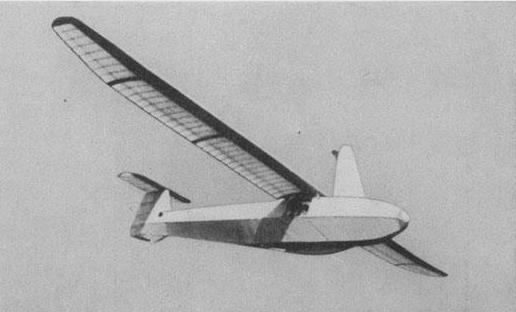
Since the earliest times, mankind has dreamed of flying by human power alone. These ambitions were discouraged by Giovanni Borelliwhose posthumous work DC motu animalium of 1680 showed how inadequate man’s muscular powers were compared to those of birds, but by no means all would be flyers were deterred. Eventually, with increasing aerodynamic knowledge the prospects for ornithopters were seen to be poor, and attention turned to conventional aeroplane shapes with pedal-driven propellers.
In 1935 two German engineers, Helmut Haessler and Franz Villinger, built a light-weight machine with a single propeller, belt-driven from bicycle pedals operated by the pilot; this machine was flown for about two years, and straightline flights of up to 700m (2300ft) were obtained. The Haessler-Villinger aircraft had an empty weight of 34kg (75lb) and a span of 13.5m (44.3ft); the Italian Bossi- Bonomi Pedialante of 1936 weighed about 100kg (220lb) and had a span of 17.7m (58ft), with a pair of propellers driven by shafts from the pilot’s pedals. Broadly similar performance was claimed, with flights up to one kilometre.



